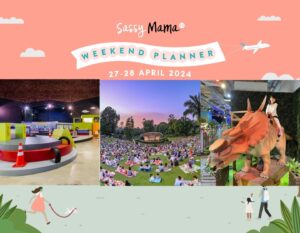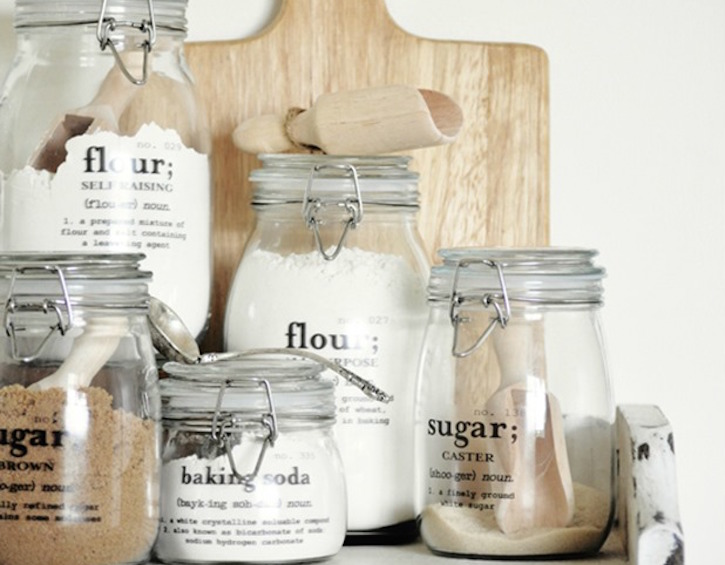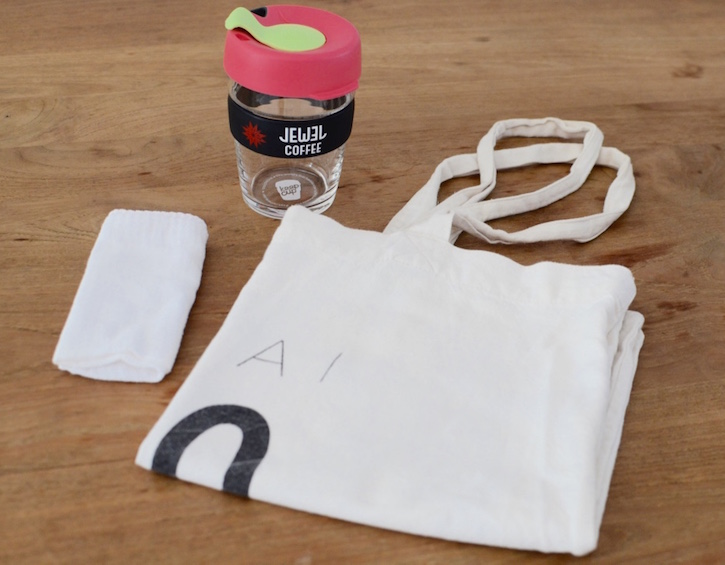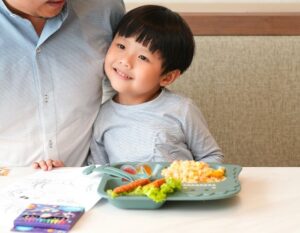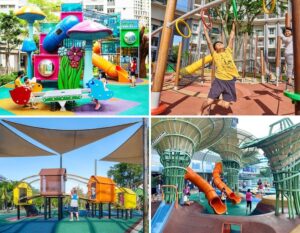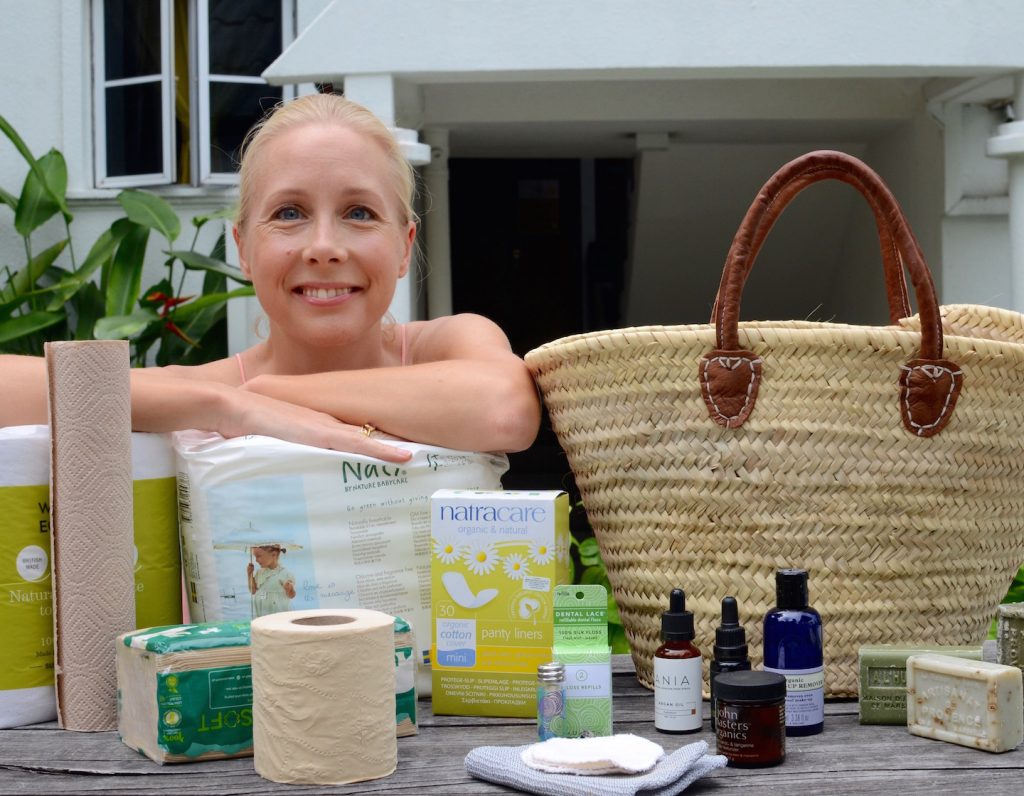
 Post Category - Green LivingGreen Living
Post Category - Green LivingGreen Living Post Category - WellnessWellness - Post Category - HealthHealth
Post Category - WellnessWellness - Post Category - HealthHealthHow much rubbish does your family dispose of in a day? Now think about what a YEAR’s worth of your trash looks like…
Now take a look at THIS:
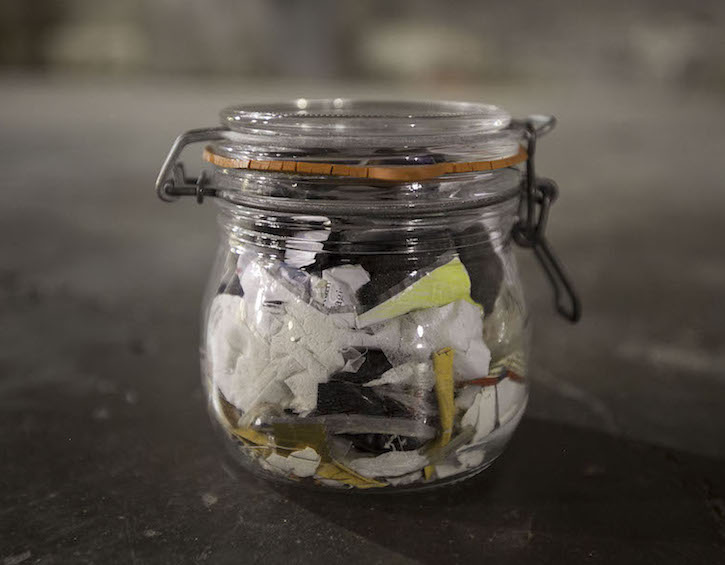
Photo credit Cristovão@Exposed-Image
…it’s Bea Johnson’s family waste for ALL of 2016! Crazy, right? Bea is a Zero Waste lifestyle expert whose guideline comprises the “5R’s: Refuse, Reduce, Reuse, Recycle, and Rot (and only in that order).”
So what exactly is zero waste, how do you achieve it, and is it even possible to do with a family in Singapore? Sassy Mama’s CEO, Emilie de Cannart and her young family took this challenge on, embracing the zero waste lifestyle. Here are all her tips, the challenges she faced and the ultimate question:
Has it been worthwhile, personally and financially?
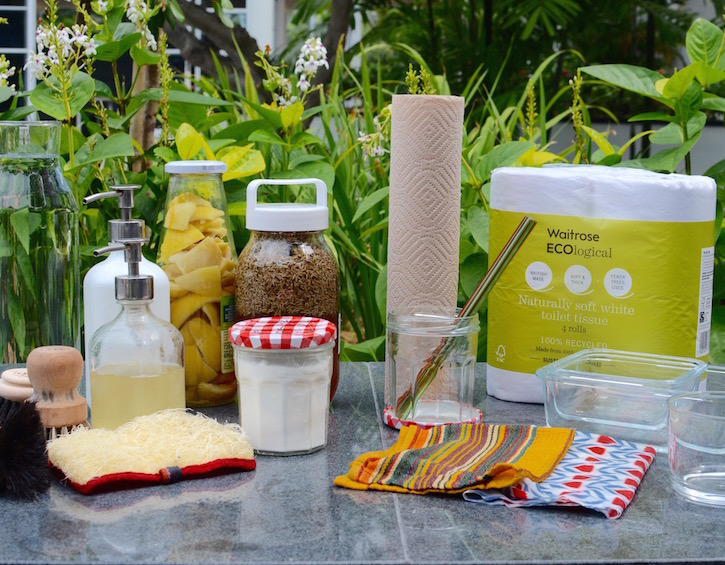
Tell us briefly about how you put your Zero Waste Lifestyle into practice?
It all started in 2015 with a workshop by Marra Hensby from My Pure Earth. She warned us about the dangerous chemicals found in common house cleaning products and why we should avoid them. She then taught us how to make safe and eco-friendly house cleaning products using natural ingredients like vinegar, Castile soap, essential oils and baking soda. I have never looked back!
It was about that time that I also started replacing plastic with glass as much as possible, mainly because I wanted to use materials that wouldn’t leak any chemicals into our food/beverages. I replaced plastic water bottles with glass/stainless steel bottles, plastic containers with glass containers, canned tomatoes with tomatoes in glass jars etc. I also started replacing all paper-based products in my house with recycled paper or eco-friendly versions.
Then a few months ago I watched a documentary about Bea Johnson and her Zero Waste Lifestyle. It blew my mind. The fact that with a family of four she managed to reduce her waste footprint so dramatically was such an inspiration.
I decided I wanted to try and reduce my family’s waste footprint too, as much as possible. The whole concept is to Refuse, Reduce, Reuse, Recycle, and Rot.
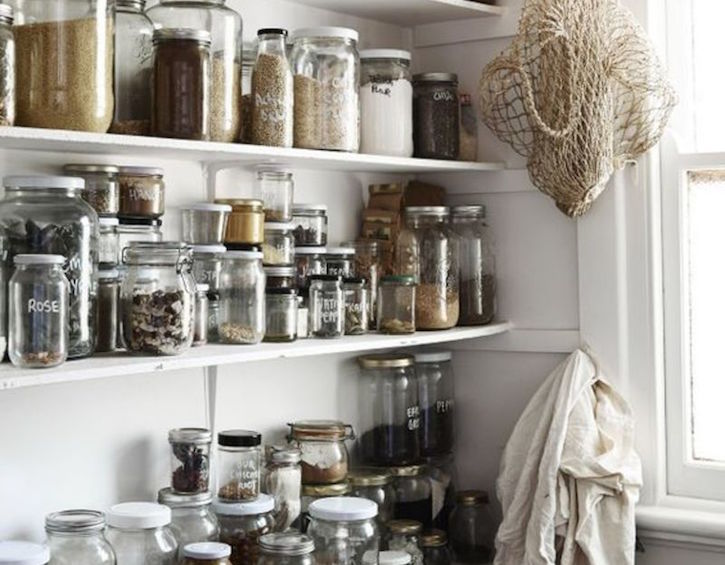
How do you put into place the 5Rs? (Can one rot in Singapore?)
If you have children, the first step is for them to understand why you choose to implement the 5Rs. You want them to be involved. It’s easy enough; just show them images of plastic polluting our rivers, oceans, and land.
The first two Rs – refuse and reduce – will be the hardest to implement, but the ones with the biggest impact. It is a slow and at times heart-wrenching journey.
Refuse
It starts with simple things like plastic bags, plastic straws, single use containers, and then on to plastic-wrapped snacks, birthday party bags, free merchandise. Family members like grandparents have to be educated, too, and asked to help. In my experience this is a delicate exercise in diplomacy, but worth it. I now try and suggest ideas for presents so it’s a win-win for everyone. My helper has also been fantastic. She is the one making all of our cleaning products now; she also bakes muffins and biscuits for my kids so we can buy less pre-packaged snacks for them. She has been a total trooper!
Reduce
Take stock of what you have, and de-clutter by selling/giving away what you don’t need. This is therapeutic, too: I don’t know why exactly but getting rid of stuff feels so good!
Reuse
Before every purchase, pause and ask yourself if you really need it, or if you can use something else instead. Before throwing away anything, ask yourself if you could re-use it in any way. Buying and selling second-hand is a great way to re-use. I have become addicted to Carousell and so have my children, they sell toys they no longer play with and reinvest in things they want.
Recycle
Singapore typically recycles glass, paper, metal, and plastic. Most condos have recycling bins, so do HDBs and according to the NEA, for private landed estates, a commingled blue recycling bin, in addition to the refuse green bin, is provided to each house. If you’re not sure how and what can be recycled, check out our recyling guide from Secondsguru, along with the links in my tips below.
Rot
Composting. Unfortunately, I don’t think this option is feasible if you live in Singapore so I will have to continue disposing of my food waste in our regular bin.
Is Singapore geared up for this lifestyle? Have there been any surprisingly helpful people or services?
Singapore is committed to waste minimisation and recycling. We also have wet markets that are great for buying food without packaging. I love www.organicdelivery.sg for my Zenxin organic vegetables as they deliver next day, and if you request it, there is no packaging (apart from the delivery box)! Plus, supermarkets are starting to offer eco-friendly products. That being said it shocks me to see so little being done to limit the use of plastic bags, plastic packaging and single use takeaway food containers.
I would also love to have access to zero-waste shops that would allow me to buy how much I need, in re-usable containers, reducing waste in my home. I do take my glass containers to shops when I can and I have found that most specialty shops are supportive. I have come across others (like Foodie Market Place in Katong) that refuse to serve me and insist in packaging their products in layers of plastic.
I found Zero Waste SG super useful. It is a non-profit and non-governmental organisation dedicated to helping Singapore eliminate the concept of waste, and accelerate the shift towards zero waste and the circular economy. It has a lot of information about waste and recycling in Singapore.
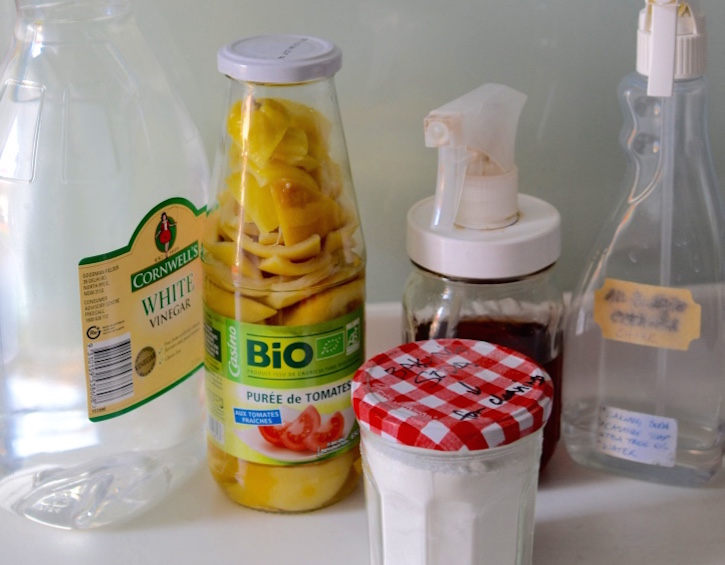
How did you get your family on board? What have the challenges been?
I still remember my husband’s reaction when I told him I was shifting all house cleaning products to using naturally made products! He was skeptical to say the least but soon realised that it worked as well and became totally supportive. My kids also thought I was mad when I told them they should start using glass bottles and glass straws. There was definitely resistance at first but now I think my daughter might be an even stronger advocate than I am. It makes me really happy to see that she understands and that she cares.
The hardest part is dealing with the multitude of gifts that are given to our kids by well-intentioned people. Teaching my kids to refuse has been a tough battle – and still is – but it has made a huge difference. For example, instead of physical presents for birthdays we suggest experiences instead like a day at Universal Studios or the Zoo, a movie or classes of something that they are interested in. If they are set on LEGOs or Playmobil then we make sure that they look after their set so one day they can re-sell it should they no longer play with it. We try and get them to understand that they should be asking for things they need before things they want. This year my son got a bicycle helmet from his grandparents. He badly needed one. At first he was a little disappointed he didn’t get the toy he was hoping for. But now that he uses it every weekend he loves it and the toy has been completely forgotten. We are not yet plastic free unfortunately but certainly more mindful and less wasteful.
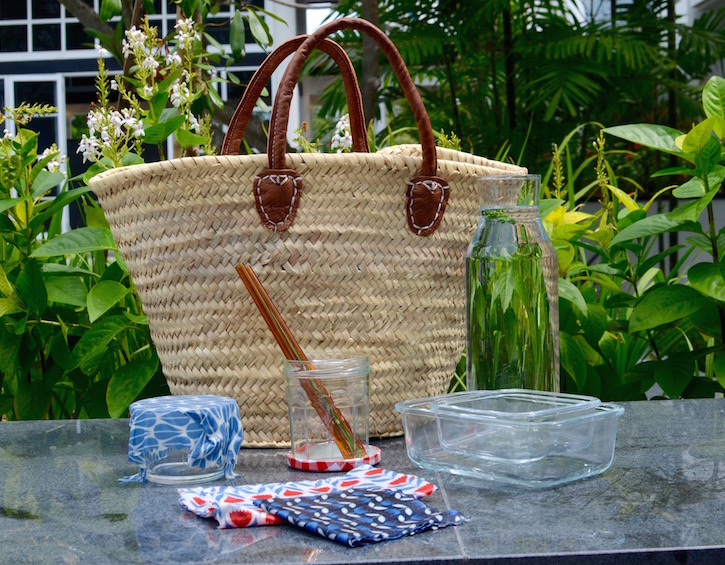
Are you involved in any green projects?
I am trying to set up a green committee in my children’s school to help it be more waste efficient and more environmentally friendly. I want children to understand and be aware of their environmental footprint. I want them to feel empowered in the decisions they make. Learning about their environment and how to protect it is paramount.
And finally, has the Zero Waste Lifestyle been worthwhile, personally and financially?
Yes, it definitely has been worthwhile on both accounts! I know it has saved me a fortune in house cleaning products. I am also a more conscious buyer nowadays. I would rather spend more on better quality products, made sustainably with eco-friendly materials (no plastics) with the expectation that these would last me longer and so save me money in the long run.
Reducing one’s waste is a lot of effort at first. But once you are engaged it is something that is always on your mind. How can I make a better choice? What alternatives are there? And then it becomes the new normal. I am hoping that my journey will inspire you and that you will start your own. Remember to go at your own pace. There will be things that you cannot easily do and that’s ok, too. Any step we take towards Zero Waste is better than none at all.
Read More About Sustainability Here: Sustainable Fashion
Emilie’s Zero Waste Tips
Eating Out
- Whenever possible refuse all single-use disposable plastics including straws
- Ask for non-disposable cutlery when eating out.
Out & About
- Avoid bottled water and bring your own reusable water bottle when you go out
- Refuse plastic bags and bring your own reusable cloth bags
- Replace plastic bottles with stainless steel or glass bottles
- Carry a handkerchief instead of using tissues
- Use organic sunscreen
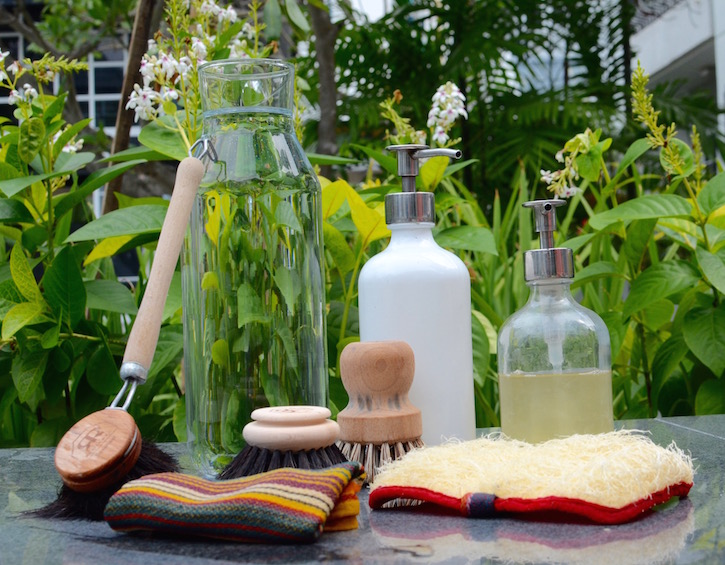
Home
- Replace your house cleaning products with natural alternatives using vinegar, baking soda, castile soap and essential oils
- If you don’t want to make your own, buy refill packs for your cleaning and personal care products
- Buy recycled paper and recycle your paper at home
- Buy eco-friendly products
- Support products with packaging made from recycled and reused material
- Use fans rather than using air-conditioning
- Be conscious of energy and water use (turn off taps while brushing your teeth, turn off lights if you leave a room)
- Use fabric napkins at home
- Use re-chargeable batteries
- Opt-out of receiving spam mail
- Opt for online bills
- Reuse paper to wrap presents
- Reuse the fabrics from old clothes by cutting them up into rags for cleaning
- Before throwing away clothes or other things you no longer use check if you can sell it as second-hand or give it away to charity
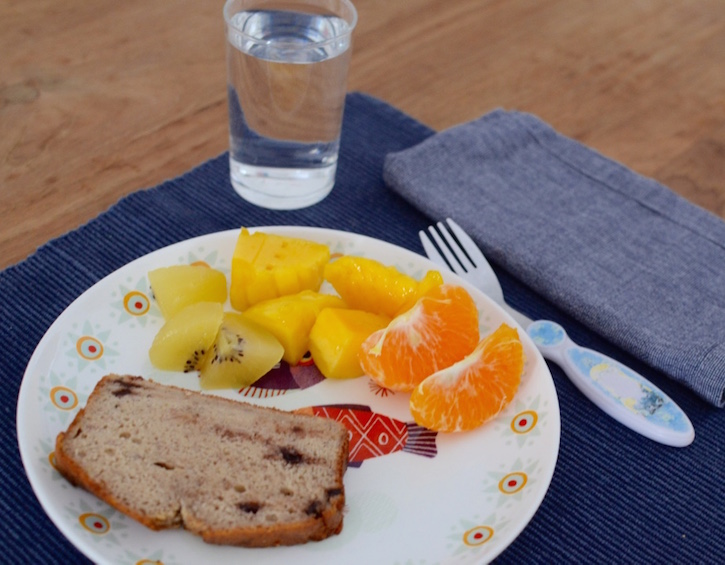
Eating
- Make muffins, cakes, and biscuits at home for your kids’ snacks
- Make your own bread
- Make your own yoghurt
- Use apiwraps or similar alternatives to replace plastic wrap
- Use mason jars to store food and re-use glass containers for jam/mustard/honey, etc.
- Buy non-plastic alternatives when possible
- When your spices, herbs or sauces run out, instead of buying a new glass bottle, buy refills
Bathroom
- Use eco-friendly toothbrushes
- Make your own toothpaste
- Replace cotton pads with organic cotton pads you can wash and reuse
- Replace bottled soaps with bar soaps
- Replace bottle shampoo/conditioner with bar shampoos/conditioner
- Use Argan oil as face moisturizer in a glass bottle
- Use organic and eco-friendly makeup brands
- Use eco-friendly tampons, sanitary pads or even better use a menstrual cup
Kids
- Use fabric diapers (or eco-friendly versions) and potty train early!
- Go to the library to borrow books
- Buy second-hand clothing items or hit up friends for hand-me-downs
Shopping
- Buy your food from the wet market (and bring your own cloth bags)
- You can get organic products without plastic wrapping from Zenxin organics online (with next day delivery) and request no packaging (and you can ask to replace the standard styrofoam box delivery with a cardboard box)
- In terms of alternative options to plastic, I love this site but unfortunately, it’s based in the US
- Singapore-based companies to check out include Neishaus and awegreen
- Buy sustainable fashion – brands that care about working conditions, exploitation, fair trade, sustainable production, the environment, and animal welfare
- Bring your own containers when going to specialty shops like the butcher, fish shop or cheese shop. IKEA has a good selection of glass containers and glass bottles at reasonable prices.
- Buy in bulk to minimize or eliminate packaging. I love Phoon Huat
- Buy locally grown produce. Look for products grown or made in the region to minimise carbon footprint. For example did you know that Singapore has it’s own dairy and produces fresh milk? Pure and natural, nothing added or mixed, just 100% fresh milk, straight from their cow farm directly to you. Check out Dairy Folks!
Recycling Info
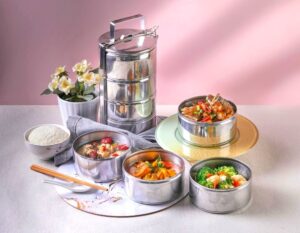
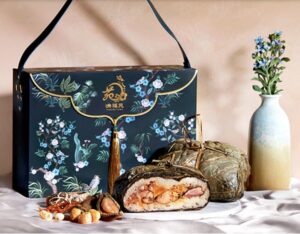
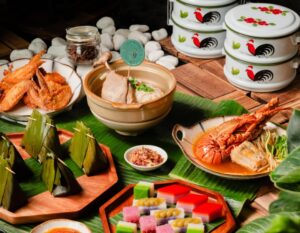

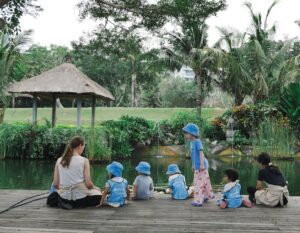

 View All
View All
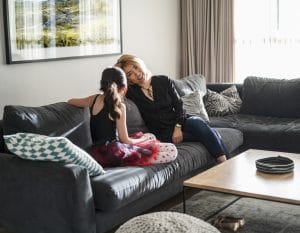


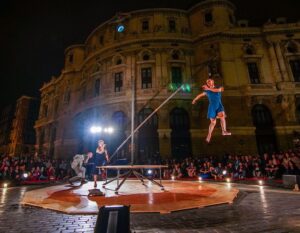
 View All
View All
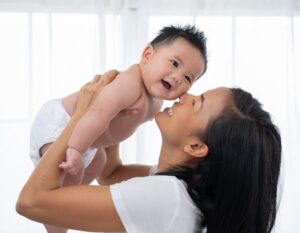
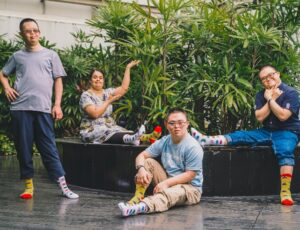


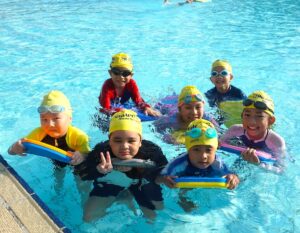
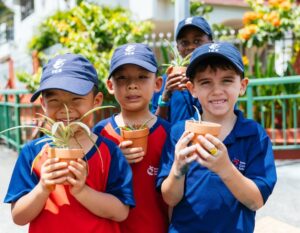
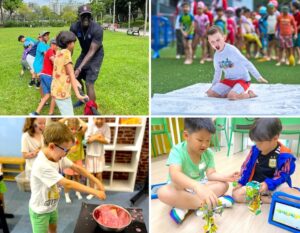
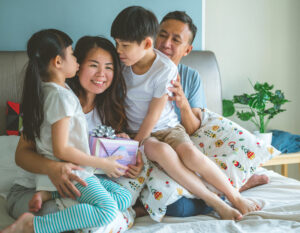
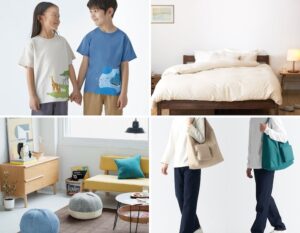
 View All
View All